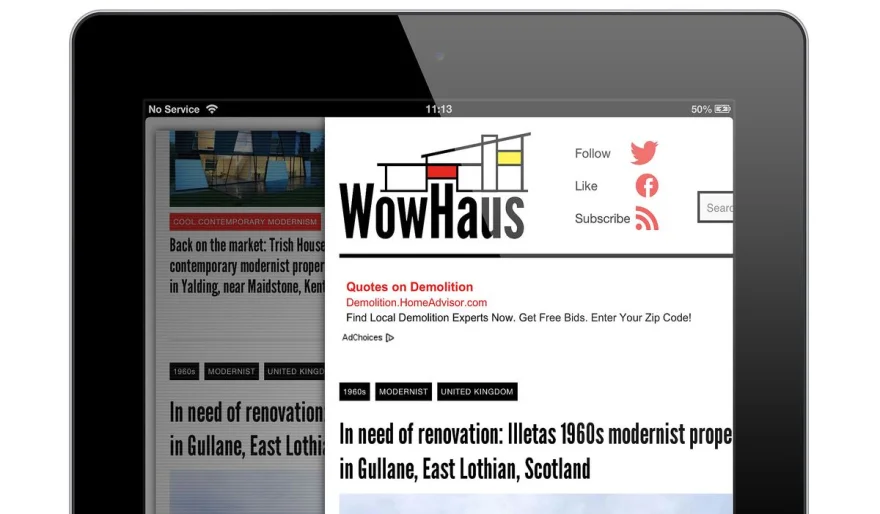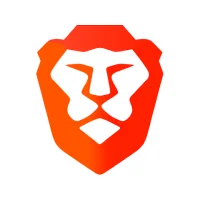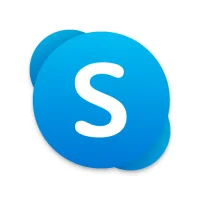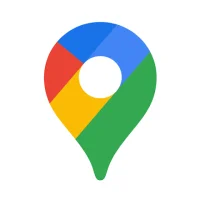What are the best tips for navigation and browsing within the application?
12 min read Tips for Navigation and Browsing within the Application - written by Amine Rukhi, Content Creator March 19, 2024 19:06
Tips for Navigation and Browsing within the Application
1. Introduction
The goal of this paper is to formalize the multitude of user-interface guidelines which exist for building navigable web-based applications and to act as a single point of reference for best practices. This document will act as a living document to which new guidelines can be added and outdated guidelines removed. Good navigation design is important in web applications and if developed with scalability in mind, it can, at minimal additional cost, boost the application from being adequate to excellent. While this is absolutely not a hard and fast rule, the level of importance in scalable navigation is somewhat proportional to the amount of content an application has. For simplistic applications, it is possible to have good navigation without it being scalable. However, for complex applications with a vast amount of content, good navigable design is crucial to the usability of an application. The guidelines outlined in this document range from very general to very specific. For good comprehension, it is recommended they be read in the provided order.
2. Understanding the Application Interface
Using advertisements and various promotions, the user may be exposed to features of the application that they were not aware of. This said content may act as a distraction from the user's current goal. An ideal interface should accommodate for the deviation by pro-users without losing the beginners.
The error communication of the interface is essential for the user to understand if they are making progress toward their goal, and if they do stray, how they can recover from an error. An ideal interface prevents errors with constraining actions and readily available information, ensuring the fastest route to the user's desired goal. With prevention of errors in mind, an interface should not interrupt the user.
The main function of the application interface is to help the user access the information and structure the content in such a way that it is easy to read and understand. The user starts in the center of the interface, in a section called the Hub. The Hub displays the most recent and relevant information. Navigation out of the Hub often provides a wider context to the information displayed in the Hub. When a user goes to a different location of the application (using breadcrumbs, sitemaps), it is usually to find more information related to the information in the Hub. These relationships that the user's mind recognizes between the Hub and the wider context are called "information scent". Desirable user interfaces provide clear information scent to help users quickly move to their desired information area.
3. Navigating through Different Sections
- Ribbon and toolbar: In Ribbon Navigation, there is a group of commands in the form of buttons, lists of toggle buttons, and buttons similar to checkboxes. This is the series of Fujitsu Tablet Menu software operations. - List of menus. - Task or Information Pane (if available): Usually located in the right part of the window with limited width. This kind of pane generally contains a list of notifications or steps to do something in the application. - Listview Data: This list of data is spread across the window cells and divided into several columns with or without column headers. - Hybrid Controls on Listview or Data Grid View: When users take a closer look at the tablet PC application, there may be some checkboxes, buttons, or other controls embedded inside datagridview or listview. By using the tab button to switch between each control, the focused position can be moved between cells.
Once you have opened the Fujitsu Tablet Menu software, you will see the Tablet Menu main window. Controls and systems provided by the software allow users to control all settings and perform various operations. For more detail, each control like tabs, buttons, or listviews has its own function. All you need to do is point the cursor to the control, wait a second until the tooltip box appears, and move on to the next. Below is the explanation:
4. Efficient Browsing Techniques
Bookmarking is probably the most underused utility in a browser. Often people forget where they found flaming cows in tutus, and hence, cannot direct others how to find this "high quality" enrichment of their web experience. You may also come across something extremely helpful in regards to a game, work or school, and the last thing you need is to write the site and information down, but have it lost later. Either way, you'll have to find information again, and who doesn't like saving time?
Another worthy note is not using new windows. In some cases, you may come across links to external sites, assume you can bookmark the link or access the site at a later time, and/or find out from friends that you weren't getting the best information out there. In cases where you are being sent to a completely different site, it may be best to forego enabled link and find out about the details later. Open the link a new window and do a comparison, if you see something better on the different site, let them know and direct link from the current site to the information you've found, it works out for both parties involved.
Do not resize your browser window. Ever been looking for something on a website and then you realize the page didn't load properly or didn't show the information because you were using a smaller window? Many times webmasters forget to develop for a certain area size and this results in pages being "cut off" with the main content inaccessible. This also happens when a page is developed for only one resolution (we still exist in a world with multiple resolutions), or users view a site on their handheld device. By keeping the browser window to the maximum size possible, you can ensure you see everything the developer intended you to see, and can plan for the dreaded day when you have to pull out the 800x600 resolution for something or another.
5. Conclusion
Simulation models have been used as an alternative tool for decision making, and more recent developments allow them to be linked to a database, which is where decision-makers have the most potential to improve data utilization. Simulation apart, however, the most common and effective way for decision-makers to use improving information systems is Decision Support Systems (DSS). DSS are interactive computer systems designed to assist decision-makers to use data and models to identify problems and use judgment to solve problems. The effectiveness of DSS in improving decision making and the wide-ranging capabilities of DSS are such that it is an increasing trend amongst managers to seek solutions.
An information system can improve decision making because the problems with using inadequate information are identifiable. If it is possible to establish a link between the decision to be made and the information needed, then using System Analysis, it is possible to outline the existing information system and where it is falling short. With the requirement for an improvement in data ensured and with data being the key ingredient to any decision, decision-makers can implement changes in information systems to simulate the effects of the alternative decisions that they face. This can be done on small-scale changes of routine decisions or using Management Information Systems for what-if analysis on decisions of broader consequences.
This essay has demonstrated how to assess an information system for decision making. We have shown that a decision-making environment needs information and that the information system designed must be appropriate. An information system is of little use unless the decision-maker uses it to improve his or her choice. Hence, there is potential for information systems to improve decision making. Quality decision making results in improved effectiveness and efficiency in the organization. This improvement can be quite dramatic, so a small improvement in decision making can result in major cost savings and/or increased production.
User Comments (0)
Popular Apps










Editor's Choice









